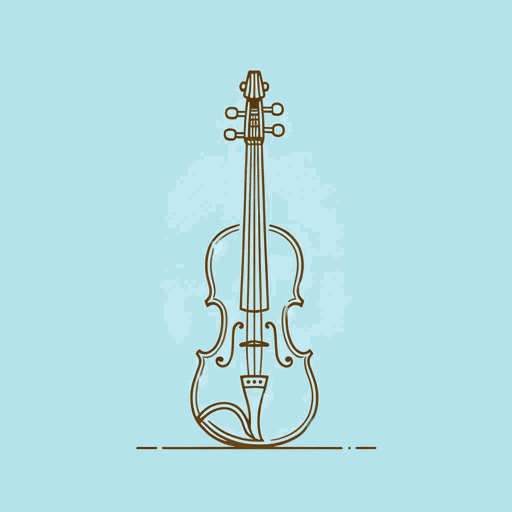80 pages • 2 hours read
Joseph Stein, Sheldon Harnick, Jerry BockFiddler on the Roof
Fiction | Play | Adult | Published in 1964A modern alternative to SparkNotes and CliffsNotes, SuperSummary offers high-quality Study Guides with detailed chapter summaries and analysis of major themes, characters, and more. For select classroom titles, we also provide Teaching Guides with discussion and quiz questions to prompt student engagement.
Symbols & Motifs
The Fiddler on the Roof
In his opening monologue, Tevye decodes the central metaphor of the musical, explaining: “A fiddler on the roof. Sounds crazy, no? But in our little village of Anatevka, you might say every one of us is a fiddler on the roof, trying to scratch out a pleasant, simple tune without breaking his neck” (1). The musical takes this symbol from a Marc Chagall painting series of a fiddler playing on a roof as some of many paintings that expounded upon Chagall’s memories of living in Russia. The image is one of perpetual but necessary danger. For a poor man trying to feed his family, a small mistake or accident can mean that they will starve. His missing horse indicates how a seemingly minor or routine incident causes major difficulties in his ability to work and sustain his family’s lives. Staying on the roof signifies a resistance to assimilation, although assimilation would be much safer and easier. The fiddler’s presence on the roof represents tradition that may not have an obvious reason but works to maintain a balance.
Music is one of the ways that Jewish culture is set apart in Fiddler on the Roof.

